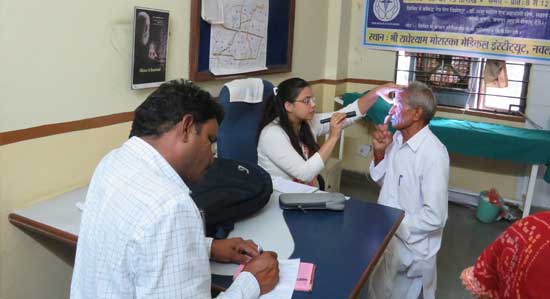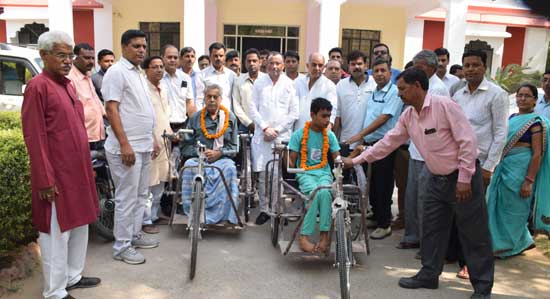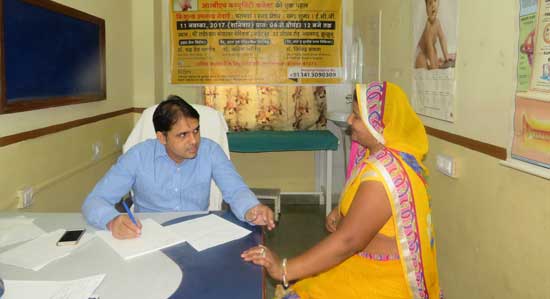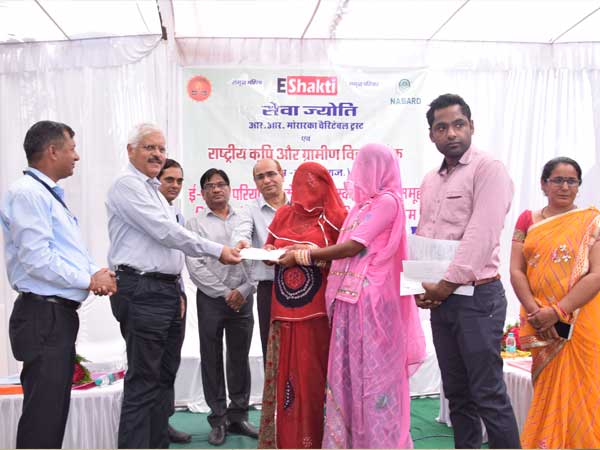Copyright© Sewajyoti 2020 | Design By : DI Infotech Leaders Pvt. Ltd.
The concept of Sewa is considered as one of the biggest dharma or religious duty in Hinduism. Sewa is simply defined as the ‘selfless act that aims to protect, help, and provide underpriviledged human beings and animals. – a service that is performed without any hopes of reciprocation, monetary benefits, or awards’.
According to M. C. Satyanarayana, Sewa should not be considered as a religious obligation but rather as a key code of humanity. Sewa specifically advocates the service offered to the underprivileged and distressed without promoting it on any media channel – be it print, digital, or word of mouth.
In Hinduism, the Concept of Sewa points out that selfless action is not a virtue. It is not an action that requires achieving values. But selfless act refers to sacrificing one’s values for the sake of others.
Hindu prophets have gone great lengths to lay down the guidelines and philosophies of Sewa to answer questions like – What is Sewa? Why Sewa? To whom should we Sewa? How can we Sewa? What is the best Sewa? What is the place of Sewa in our lives?
While the principle of Sewa is advocated by all religions, including in Jainism, Sikhism, Christianity, and Buddhism, Sewa is a Religion by itself. Irrespective of your religious faith, Sewa should be the Primary or Sarvashresht conviction.
While the meaning of Sewa is simple, ‘selfless service’, the concept of Sewa is quite deep and often misconstrued by the modern human minds.
Sewa Dharma Parama Gahano Yoginamapyagamyah
Our ancient philosophers or Shrastis have explained that even Yogis or saints find it difficult to religiously follow to various facets of selfless services, let alone the common man.
However, in simple words, Sewa is described as Paropkaram (helping others) Punaya (is sacred or anything that brings closer to the divine) as opposed to Paapaya Parapeedanam (hurting others is sin). Whatever you do that lessens the sufferings of people and increases their well-being is Paropkar and sacred.
Iswarah Sarva Bhutanam Itruddesha Arjuna Tishtati
The cardinal principle of all religious faith is that the divine almighty resides in every living being. As the bible says “Do you not know that you are a temple of God and that the Spirit of God dwells in you?” - 1 Corinthians 3:16.
The God who is in me is also present in another human. So, serving another living being, be it an animal, bird, tree, or fellow human is equal to worshiping God and following God’s path.
Nara Sewa, Narayana Sewa (Serving man, serving God)
While the motive behind ‘Sewa’ can change from person to person, the fundamentals should remain the same. While the motive could trigger compassion, love, righteousness, gratitude, and humanity, the fundamental should always be – work for one’s progress, one’s salvation, and one’s happiness, with sacrifice or without any gains.


The Mother Earth is Our Abode and You Can Sewa Anyone Living in It
The scope of Sewa is wide and vast, as long as it follows the basic code. According to Hinduism, Sewa can be extended to anyone who can benefit from your service – a hurt dog, a hungry man, a dying planet, or a thirsty bird.
The Holy Books give examples of Sewa through various scriptures. Jesus suffered crucifixion to reduce the sins of mankind. King Shib was ready to cut his flesh out to protect a pigeon from an eagle. Eklavya sacrificed his thumb (his archery skill) to repay his teacher, Dronacharya.
Tan, Mann, aur Dhan – Through Might, Mind, and Money
You can offer Sewa in three ways: Through Tan - physical service that requires hard work, effort, strength; through Mann – service through the mind that may comprise of talking, motivating, counseling, teaching, guiding, expressing, and even just listening; and through Dhan – service provided by sharing money, resources, materials, and wealth.
The concept of true Sewa is incomplete if we do not serve using these three ways. Although it may seem hard to follow, you can use whatever resources available to you to serve.

Sewa is comprehensively fulfilled by a Mother – she bears her child for nine months inside her womb going through different complications, she sacrifices her needs and luxuries to nourish her child, and she devotes time, money, and effort to provide and educate her child.
That’s why motherhood is considered the biggest and most expensive Sewa that is equal to God’s doing.
Datavyamiti Yaddanam Deeyatenupa KarineDeshe Kale cha Patrecha Taddanam Sattvikam Smarutam – Bhagwat Gita 17:20
The gifts that expect no returns or do not accompany thoughts or feelings of returns; these gifts must be shared at the right place and time, to a worthy person. And these gifts are the best or holy gifts (Sattvik).
To answer the question, the Best Sewa is the one that is provided without greed, expectations, reward, fame, glory, or returns. The one that goes without passing through the limelight - in modern terminology, on social media or news or web.
True Sewa will not demean the confidence, destroy sentiments, or cause harm to the benefactor intentionally or unintentionally.
Sewa can also be a source of permanent profit to the poor in the form of charity.
Charity is defined in several ways by the Indian prophets:

Sarvesharmeva Dananam Brahrnadanam Vishishyate – Sharing knowledge is the best charity because it’s the knowledge that empowers a man, achieves his happiness, and fulfills targets.
Adeshakale Yaddamapatrebhyascha Deyate Asatkrutarnavajnatarn Tattarnasamudahrutam – Gift (Here, Sewa) provided to an unworthy person, at the wrong place and time, or with insult or disrespect is the worst type of gift.
The Sky is the Limit if You Could Try
Give as long as you live. It is as simple as that.
As the Bhagwat Gita proclaims, ‘Earn in Hundreds, Give in Thousands’ - Shatahasta Samahara, Sahasrahasta Sankira
There is no limit to Sewa. It could be a continuous process or as long as you are capable of mentally, physically, or materially.
He alone lives life who lives for others.As it is selfless and kind service, Sewa occupies a great role in achieving a spiritual and righteous life. When one provides Sewa, he should not only relieve the person’s sufferings, but also identify himself in the process and become an active part of the suffering to undergo change, develop, and provide true Sewa.
During his reign, King Ranti Deva’s kingdom faced devastating famine. To share the sufferings of his subjects, the King decided to fast until his people were fed. He fasted for 48 days. On day 49, Ranti Deva wanted to break his fast with just one glass of water and a morsel of food. But when he was about to have the water, one of his people, Pulkasa cried out of thirst. The King passed on the glass of water to Pulkasa. And when he proceeded to eat the morsel, a guest visited him, and thus, he gave away the food to the guest as an offering.
When the King’s ministers pleaded him to not do this for the sake of his health, he showed an attitude of a true Sewa Karta (Server). He said he didn’t seek from God the highest bliss attended with eight types of powers (Shuddis). He just desired to be present with his people, share their grief, and serve them as long as he could, including giving up his nourishments.
Soon afterward, Ranti Deva’s kingdom was filled with food and he was blessed with eternal happiness.
The story had moved Mahatma Gandhi so much so that he adopted the King’s original quotation in Sanskrit for his Sewa projects.